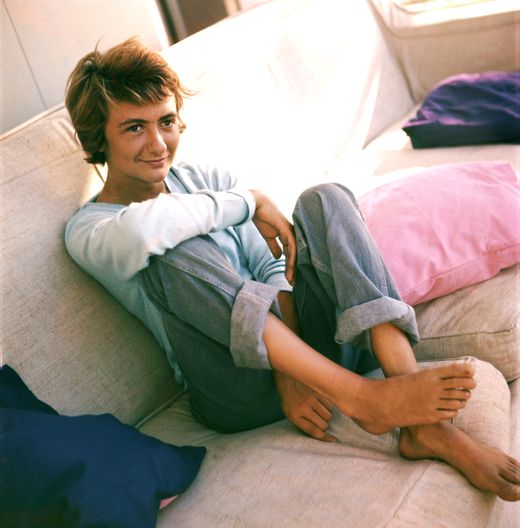
France
• 1922
Biography
Georges Dudognon first arrived on the Côte d'Azur in Antibes in 1949 to photograph one of Juliette Gréco's first singing tours at the Vieux Colombier club in Sophia Antipolis, following the solar epic of the merry band of artists from Saint-Germain-des-Prés who accompanied him. After the dark period of the occupation, then the festive nights in the Germanopratin cellars, the friends of the photographer, Juliette Gréco, Daniel Gélin, Claude Luter, Boris Vian, among others, have spread their vitality in this "south of France" dominated by the lights of the Cannes Festival and the free chords of the musicians of the Antibes jazz festival. A few years later, becoming a reporter photographer for Jours de France, Paris-Match and ELLE, Georges Dudognon will return to Saint-Tropez by following Françoise Sagan on the set of the film “Bonjour Tristesse” by Otto Preminger in 1957, then by photographing the tribulations of his friend, also a journalist, Roger Vadim, and of his then-partner Catherine Deneuve. Nicknamed "the eye of Saint-Germain-des-Prés" thanks to his famous photos of the most prosperous creative period of the post-war period, Georges Dudognon will discover on the Côte d'Azur in the 1960s, and in particular in Saint-Tropez, the same creative emotion before, according to his words, "cellar rats turn into sharks". This former shipyard worker in La Rochelle, born in 1922, escaped from a concentration camp, went into hiding at the end of the war and passionate about truth photography, has kept his independence from magazines. overkill of the 50s. The world of cinema and its hectic film sets offered him an ideal stage for his quest for the authentic image, so abused during the war and his propaganda. Unlike set photographers subject to the will of productions, he interfered in the shoots to freeze the moving moments, often tense and revealing, which precede or follow the claps. Installed in the village of Biot where he acquired a house in 1961, "Dudo" tirelessly crisscrossed the Côte d'Azur during the summers, photographing the major events advised by Daniel Gélin and Roger Vadim, precious guides of the artistic life of the Riviera . From the filming of Pierrot le Fou by Jean-Luc Godard to the splendor of the Cannes Film Festival, from the birth of Jean Cocteau's Testament d'Orphée to rich American productions, Georges Dudognon wrote in images the reverse of this idyllic decorum, without concessions nor voyeurism, only staging his unique female portraits where life breathes beyond the mirror of time. Friendly competitor of Robert Doisneau, accomplice of Édouard Boubat, recognized as one of the pillars of the humanist photography movement, Georges Dudognon left the South in 1965, fleeing the crowd of tourists, not without having fulfilled one of his wishes. secrets: photograph Brigitte Bardot, without make-up, in all simplicity at home, at La Madrague. Georges Dudognon's work is today restored and revealed by his son-in-law to whom he entrusted the management of all of his collection shortly before his death in 2001. Exhibited in prestigious institutions including the Tate Modern in London , the Center Pompidou in Metz or the SFOMA (Museum of Modern Art) in San Francisco, this unique collection reveals its particular and uncompromising “gaze”, a revealing mirror of the “Trente glorieuses”. This unique exhibition in Paris presents a selection of original numbered fine art prints, stamped from the family fund produced by Thierry de Beaumont, expert and former assistant to Georges Dudognon.
Read more
Nationality
Themes
Discover the movements linked to Georges Dudognon
Discover our selections of works by artists
Need help finding your favorite? Consult our selection pages made for you.